Building Information Modeling (BIM) has quickly become one of the most significant advancements in the construction industry. This cutting-edge technology is transforming how buildings are designed, constructed, and managed. By leveraging 3D models and advanced data analytics, BIM offers a range of benefits that improve efficiency, reduce costs, and enhance project outcomes.
What is Building Information Modeling (BIM)?
At its core, Building Information Modeling (BIM) is a digital representation of a building’s physical and functional characteristics. It involves creating detailed 3D models that not only represent the building’s geometry but also integrate key data, such as materials, structural components, HVAC systems, and more. This data-rich environment allows all stakeholders in a construction project—from architects to engineers to contractors—to collaborate seamlessly, ensuring the project progresses smoothly from start to finish.
Benefits of BIM in Construction
-
Enhanced Collaboration One of the primary advantages of BIM is the ability for teams to collaborate in real time. Architects, engineers, contractors, and even clients can access and work on the same model simultaneously, reducing the risk of errors and miscommunication. This collaborative approach leads to fewer design changes, a smoother construction process, and ultimately, faster project completion.
-
Improved Accuracy and Precision BIM ensures that all building components are modeled with high precision. The software generates detailed plans that minimize the chances of errors during construction. Because the model is constantly updated with real-time data, there is greater accuracy in every phase, from design to execution.
-
Cost Savings and Time Efficiency BIM streamlines project workflows, helping to reduce wasted time and materials. The ability to detect potential issues before construction begins minimizes costly mistakes and delays. Moreover, BIM’s data-driven approach allows for better project scheduling and resource allocation, ensuring that projects stay within budget and on time.
-
Effective Facility Management BIM doesn’t just end when the construction is complete. The information stored within the BIM model can be used throughout the building’s lifecycle for facility management. Building owners and operators can access detailed information about the structure, systems, and components, making maintenance and upgrades more efficient.
-
Sustainability and Energy Efficiency BIM allows designers to simulate the building’s energy performance and identify areas where energy efficiency can be improved. This capability supports sustainable building practices by enabling the design of energy-efficient structures, reducing operational costs, and meeting environmental standards.
BIM Technologies and Tools
Several BIM software solutions are available to support different stages of the construction process. Some of the most popular tools include:
-
Autodesk Revit: Widely recognized as one of the leading BIM tools, Revit offers a comprehensive solution for architectural design, structural engineering, and MEP (mechanical, electrical, plumbing) design.
-
Navisworks: This tool is often used for project review, allowing for clash detection and simulation to prevent issues during construction.
-
Graphisoft ARCHICAD: Known for its user-friendly interface, ARCHICAD allows architects to create detailed models quickly and efficiently.
-
Tekla Structures: This tool specializes in structural design and is particularly useful for complex building and infrastructure projects.
BIM and the Future of Construction
The future of construction is undoubtedly intertwined with the growth of BIM. As technology continues to evolve, BIM’s capabilities will expand even further. The integration of artificial intelligence (AI), machine learning, and augmented reality (AR) into BIM systems will enhance design accuracy, optimize resource use, and enable even more sophisticated simulations.
Building Information Modeling is revolutionizing the construction industry by enhancing collaboration, improving project accuracy, and saving time and money. Its ability to provide detailed insights throughout the building’s lifecycle makes it an invaluable tool for architects, engineers, and contractors. As BIM technology continues to evolve, it promises to deliver even greater efficiencies, pushing the boundaries of what’s possible in construction.
